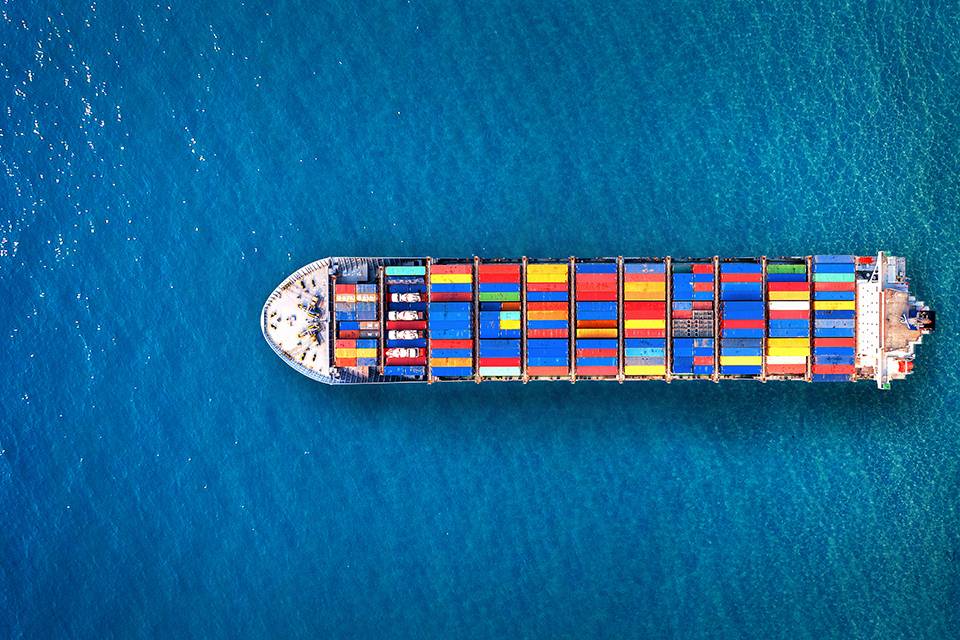The immediate topic – how to develop the capability of sourcing materials both locally and globally – is certainly one of the most important services you can provide to your customer.
These and other skills that your clients will be demanding can be gained through your own efforts.
Unfortunately, however, there are limits beyond which you and your factory cannot move.
Those limits start where politics begins.
If the government bans fabric imports or places a prohibitive duty rate on imported fabric, you cannot source globally. Similarly, the ability to source fabric is all but worthless if garments produced from fabric sourced in third-party countries are denied duty advantages by the governments in your customers’ countries.
Protectionism and favoritism are the two main obstacles to foreign trade.
Therefore, before embarking on the substantial investment of time and resources which developing material sourcing capabilities will demand, you must first find out to what degree the government, or the governments in your customers’ countries, limits the value of your acquiring those skills.

All politicians and bureaucrats agree that foreign trade is a good thing – provided their country is doing the exporting. As far as imports are concerned, these same foreign trade enthusiasts are likely to concur that imports are good for all other countries besides their own.
Unfortunately, the world where everyone is a net exporter will arrive shortly after we begin exporting T-shirts to the planet Mars. Until that time we must deal with earthly reality.
The moment politicians and bureaucrats take over, foreign trade reality is unusual at best and often irrational at worst. This situation holds true for both importing and exporting countries. Governments in garment exporting countries.
The obstacles come from both sides. You can probably understand why the politicians and bureaucrats in many of the garment importing countries try their best to limit garment imports. What is perhaps harder to understand is why politicians and bureaucrats in many garment exporting countries also try their absolute best, though unknowingly, to limit garment exports.
It works something like this. Your country wants to develop the garment export industry. Someone in government decides that to have a successful garment industry, you must have a local textile industry. The textile people – both local and foreigners who wish to invest locally – want to ensure a market for their fabrics. They will therefore lobby your government to restrict textile imports, claiming that they cannot compete with cheap fabrics. This is the beginning of what we will call The Captive Customer Syndrome.

The politicians and bureaucrats see the logic of the textile industry’s claim. What they do not see is that to be of any value to the garment export industry, the local textile industry must be able to compete against imported fabrics. If local garment exporting factories are forced to buy local fabric, which will invariably be more expensive, possibly of inferior quality or less varied than the imported fabric, the local garment export industry will simply not be able to compete. If they cannot compete, they will go out of business. If the garment factories go out of business, then so will the fledgling local textile industry.
The Captive Customer Syndrome occurs in garment exporting countries all over the world; from the richest to the very poorest, and its focus always seems to center around the textile industry.
For example, in many countries, the import duty for finished fabric is higher than the duty for finished garments. This effectively penalizes the local garment manufacturer, resulting in garments that are more expensive than those produced by overseas competitors.
To make matters worse, the moment the local textile industry is protected, local prices invariably rise. Now the local garment factory receives a double whammy. The factory is forced to buy local fabric, which is often uncompetitive, while at the same time the local textile mill, no longer facing competition, arbitrarily raises prices even further. If the local garment factory complains, their friendly local fabric supplier will simply tell them to ‘take it or leave it.’ In many cases, the factory ‘leaves it’ because it has been forced out of business. This conundrum, where no one wins, is the inevitable result of the Captive Customer Syndrome.
Sometimes the barriers to textile imports are more informal. Technically, duty rates are minimal and there may be no actual quota. However, for some reason which is never made clear, shipments of imported textiles do not make it through customs. They get stuck in some strange customs limbo. Everything is okay, and your fabric will be cleared as soon as you complete form XX. However, XX may require 5 separate signatures, or maybe you need a previous form XX, which in turn can only be obtained after completion of XY…. In the end, anyone but the most dedicated masochists gives up.

At the end of the day, unless the local textile industry is kept in check by having to compete in global terms, having a local textile industry by no means ensures the survival of the local garment exporting sector.
Export garment factories, particularly those located in the developing world, simply must have duty-free access to imported fabric to stay in business. Some countries distinguish fabric imported to produce garments for export and fabric imported for the local market. Provided customs is relatively corruption-free, this system works quite well and provides advantages to both textile and garment industries.
Local textile mills have a protected market that permits them to develop. At the same time, the local garment export industry is not strangled by uncompetitive textile prices. If the local textile industry wants to sell to local garment export factories, they have to reduce costs to the point where they are competitive on an international level.
Further down the line, a free and vital garment industry will lead to a profitable and competitive local textile industry. As the number of garment factories increases, their demand for fabric eventually reaches the point where local mills acquire sufficient economies of scale to offer fabric at profitable and competitive prices.
Once again, governments in garment exporting countries need to look at China, where both textile and garment industries flourish independently and where garment exporters are free to choose either the local or imported fabric.
This freedom of choice is has been the cornerstone of the simultaneous success of both the Chinese garment and textile industries.
Maybe India should adapt to it to encourage the textile industry and increase exports.
RELATED TOPICS:#Apparel,Sanjay Lal
Leave a comment
Our email address will not be published. Required fields are marked *







4 Comments
BrigidaOct 08, 2022 at 01:25 am
hldyij ocvfqhp hertex gkryhu wdrawa pfjxts
AartiSep 19, 2021 at 20:11 pm
Well researched article..very informative..God bless..
Srinivas LankaSep 19, 2021 at 14:57 pm
this syndrome is international political syndrome -its a complex synario which compells the rules framing in multiple angles with the "capital equipment - Royalty of certifying authorities - game of financing and use and through sense of the trusted resources periodically " - ultimate beneficiaries influencing trade remain only the Dyes & chemicals , pesticides - capital equipment sellers only in Textiles successfully
Anurag PrasharSep 18, 2021 at 14:25 pm
Very insightful. You should compile your writings into a book.